Ebastine
Synonym(s):1-[4-(1,1-Dimethylethyl)phenyl]-4-[4-(diphenylmethoxy)-1-piperidinyl]-1-butanone
- CAS NO.:90729-43-4
- Empirical Formula: C32H39NO2
- Molecular Weight: 469.66
- MDL number: MFCD00865661
- EINECS: 635-609-6
- SAFETY DATA SHEET (SDS)
- Update Date: 2025-12-15 16:23:17
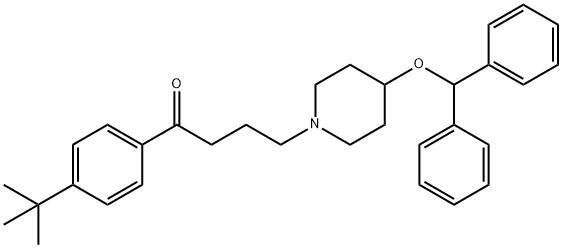
What is Ebastine?
Description
Ebastine is a new once-daily histamine Hl-receptor antagonist with no sedative effects or autonomic impairment at therapeutic doses. It is reported to be effective in the treatment of hay fever, perennial rhinitis, and uticaria. Ebastine's antihistamine activity is attributed to its carboxylic acid metabolite carebastine.
Chemical properties
White to Off-White Powder
Originator
Almirall (Spain)
The Uses of Ebastine
Ebastine is a second-generation H1 receptor antagonist that is indicated mainly for allergic rhinitis and chronic idiopathic urticaria. It is available in 10 and 20 mg tablets and as fast-dissolving tablets, as well as in pediatric syrup. It has a recommended flexible daily dose of 10 or 20 mg, depending on disease severity.
The Uses of Ebastine
A nonsedating type histamine H1-receptor antagonist. Antihistaminic
Definition
ChEBI: Ebastine is an organic molecular entity.
Background
Ebastine is under investigation for the treatment of Irritable Bowel Syndrome (IBS). Ebastine has been investigated for the treatment of Urticaria.
What are the applications of Application
Ebastine is an antagonist of the histamine H1-receptor
Manufacturing Process
(a) A mixture of 4-hydroxypiperidine (40.4 g; 0.4 moles), p-tert-butyl-ω-
chlorobutyrophenone (105 g, 0.44 moles), sodium bicarbonate (67.2 g; 0.8
moles) and a crystal of potassium iodide in methyl isobutyl ketone (1 liter)
was boiled under reflux for 24 hours. After cooling, the reaction mixture waswashed with water, dried (Na2SO4) and the solvent removed in vacuum. The
residue was salified with the stoichiometric amount of fumaric acid in a
mixture of acetone and ethanol to give 1-[3-(4-tert-butylbenzoyl)propyl]-4-
hydroxypiperidine fumarate (148 g), melting point 163-165°C. This compound
was converted into the free base, and 1-[3-(4-tert-butylbenzoyl)propyl]-4-
hydroxypiperidine was obtained and recrystallized from a mixture of diethyl
ether and petroleum ether (boiling point 50-70°C). 102 g were obtained (yield
84%), melting point 63-65°C.
(b) A mixture of 1-[3-(tert-butylbenzoyl)propyl]-4-hydroxypiperidine (60.68 g;
0.2 moles) and sodium carbonate (42.4 g; 0.4 moles) in methyl isobutyl
ketone (500 ml) was heated to the boiling point and a solution of
diphenylmethyl bromide (49.42 g; 0.2 moles) in methyl isobutyl ketone (75
ml) was slowly added in 1.5 hours. The resulting mixture was boiled under
reflux for another 12 hours, and then another solution of diphenylmethyl
bromide (24.71 g; 0.1 moles) in methyl isobutyl ketone (50 ml) was added
and the mixture boiled under reflux again for 12 hours. Another solution of
diphenylmethyl bromide in the same quantity was added and after refluxing
for 12 additional hours the reaction mixture was cooled, washed with water,
dried (Na2SO4) and the solvent removed in vacuum.
The residual oil was treated with the stoichiometric amount of fumaric acid in
ethanol and 4-diphenylmethoxy-1-[3-(4-tert-butylbenzoyl)propyl]piperidine
fumarate crystallized. After recrystallisation from ethanol the pure compound
was obtained (88 g; yield 75%), melting point 197-198°C.
brand name
Kestine (Rhone-Poulenc Rorer);Ebastel.
Therapeutic Function
Antihistaminic, Antiallergic, Calcium entry blocker
General Description
Ebastine is metabolised by cytochrome P450 3A (CYP3A4) to carebastine. It is used to treat allergic rhinitis and chronic idiopathic urticaria.
Biochem/physiol Actions
Ebastine is a non-sedating histamine H1 receptor antagonist, which inhibits allergen-induced bronchospasm in conscious guinea pigs. Unlike other compounds in this category, ebastine does not prolong the QT interval at up to five times the recommended therapeutic dose.
Metabolism
Properties of Ebastine
| Melting point: | 80-82°C |
| Boiling point: | 596.3±50.0 °C(Predicted) |
| Density | 1.09±0.1 g/cm3(Predicted) |
| storage temp. | 2-8°C |
| solubility | Slightly soluble in chloroform, methanol. |
| form | solid |
| pka | 8.19±0.10(Predicted) |
| color | white |
| Merck | 14,3484 |
| CAS DataBase Reference | 90729-43-4(CAS DataBase Reference) |
Safety information for Ebastine
| Signal word | Warning |
| Pictogram(s) |
 Exclamation Mark Irritant GHS07 |
| GHS Hazard Statements |
H303:Acute toxicity,oral |
| Precautionary Statement Codes |
P270:Do not eat, drink or smoke when using this product. P301+P312:IF SWALLOWED: call a POISON CENTER or doctor/physician IF you feel unwell. P403:Store in a well-ventilated place. |
Computed Descriptors for Ebastine
Ebastine manufacturer
New Products
4,4-Difluoropiperidine hydrochloride tert-butyl 9-methoxy-3-azaspiro[5.5]undecane-3-carboxylate Indole Methyl Resin N-Isopropylurea N,N-Dicyclohexylcarbodiimide(DCC) MELDRUMS ACID 5-METHYLISOXAZOLE-4-CARBOXYLIC ACID Magnessium Bis glycinate Zinc ascorbate 1-bromo-2-butyne 2-acetamidophenol 9(10H)-anthracenone Erythrosin B, 4-Piperidinopiperidine 2-((4-morpholinophenylamino) (methylthio) methylene) malononitrile 2,4-dihydroxybenzaldehyde 3-(4-morpholinophenylamino)-5-amino-1H-pyrazole-4-carbonitrile Methyl 2-methylquinoline-6-carboxylate 2,6-dichloro-4-nitropyridine 4-Bromo-2-chlorobenzonitrile 2-(benzylamino)acetic acid hydrochloride 4-(tert-Butoxycarbonylamino)but- 2-ynoic acid 3,4-dihydro-2H-benzo[b][1,4]dioxepine 1-Phenyl-1-cycloprppanecarboxylicacidRelated products of tetrahydrofuran
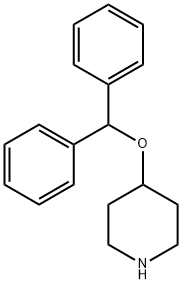


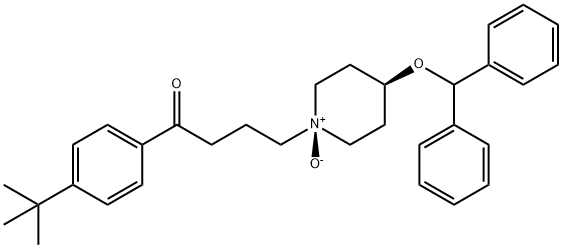
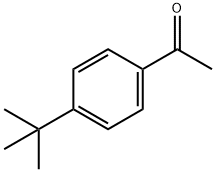
![1-[3-(4-tert-Butylbenzoyl)propyl]-4-hydroxypiperidine](https://img.chemicalbook.in/CAS/GIF/97928-18-2.gif)
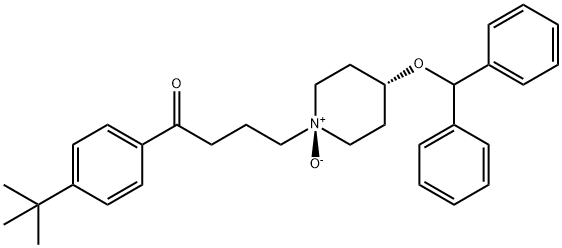
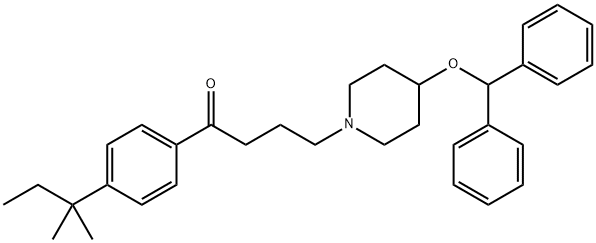
You may like
-
 90729-43-4 98%View Details
90729-43-4 98%View Details
90729-43-4 -
 90729-43-4 98%View Details
90729-43-4 98%View Details
90729-43-4 -
 EBASTINE 95-99%View Details
EBASTINE 95-99%View Details
90729-43-4 -
 Ebastine 95% CAS 90729-43-4View Details
Ebastine 95% CAS 90729-43-4View Details
90729-43-4 -
 Ebastine CAS 90729-43-4View Details
Ebastine CAS 90729-43-4View Details
90729-43-4 -
 Ebastine 98% (HPLC) CAS 90729-43-4View Details
Ebastine 98% (HPLC) CAS 90729-43-4View Details
90729-43-4 -
 Ebastine CAS 90729-43-4View Details
Ebastine CAS 90729-43-4View Details
90729-43-4 -
 Ebastine, For Commerical, 90729-43-4View Details
Ebastine, For Commerical, 90729-43-4View Details
90729-43-4
